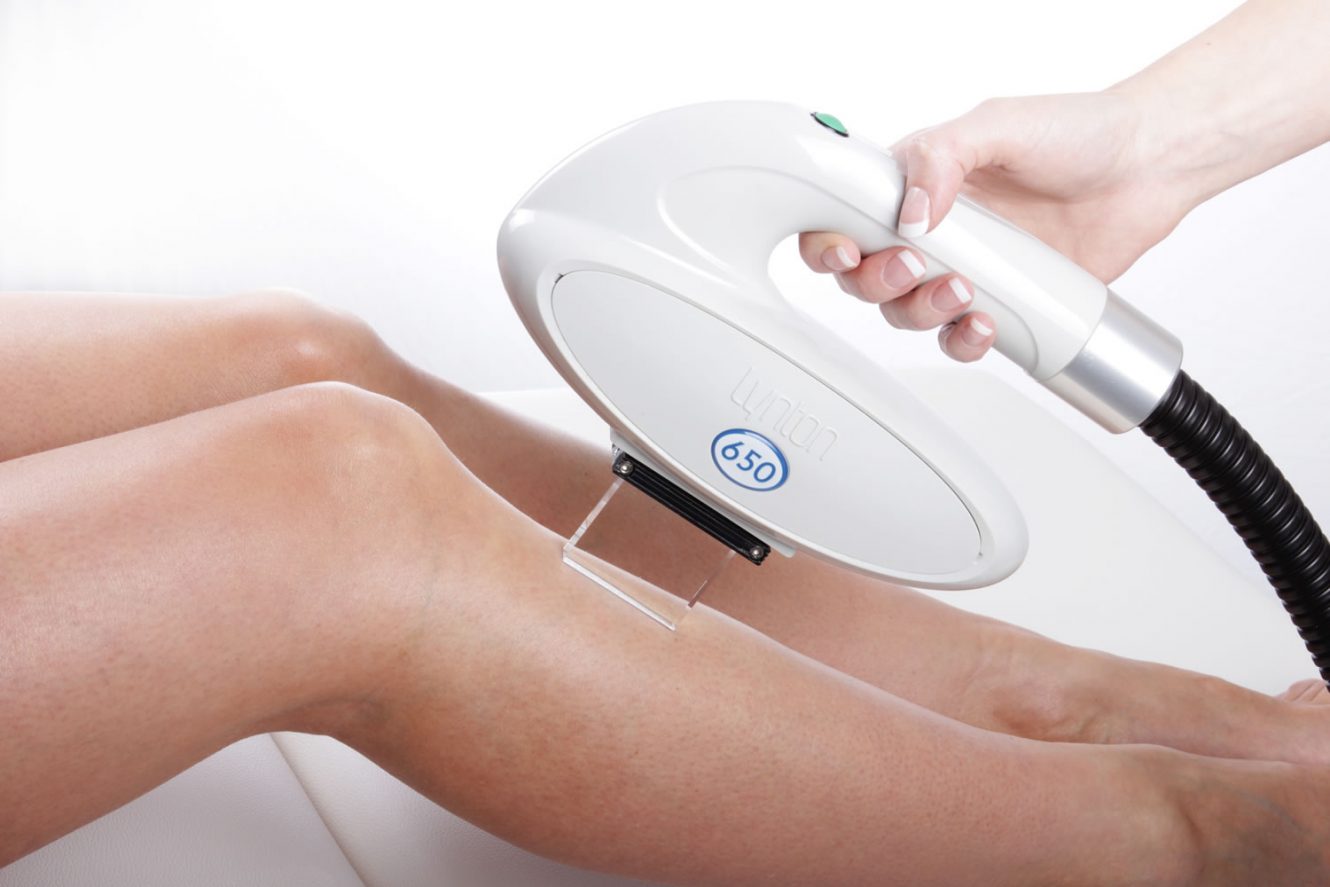Choosing the Right Laser Equipment for Your Practice
Choosing the Right Laser Equipment for Your Practice
Blog Article

Investing in laser equipment can be a significant decision for any medical practice. The right laser can enhance treatment options, improve patient outcomes, and boost practice revenue. However, with a wide array of lasers available, selecting the appropriate equipment requires careful consideration of several factors. This article serves as a guide to help practitioners navigate the process of choosing the right laser equipment for their practice.
1. Define Your Needs:
The first step is to clearly define your practice's needs. What specific treatments do you offer or plan to offer? Are you focused on dermatology, ophthalmology, pain management, or a combination of specialties? Identifying your target patient population and the procedures you intend to perform will narrow down your options considerably.
2. Understand Laser Classifications:
Lasers are classified based on their power output and potential hazards. Understanding these classifications is crucial for safety and regulatory compliance. Class 1 lasers are generally safe for all uses, while Class 4 lasers pose the highest risk and require stringent safety protocols. Therapeutic lasers typically fall into Class 3 or 4, while surgical lasers often fall into Class 4. Choosing the appropriate class depends on the intended application and the level of safety precautions you are prepared to implement.
3. Consider Wavelength and Target Tissue:
Different laser wavelengths interact with different tissues. For example, lasers targeting melanin are used for hair removal and treating pigmented lesions, while lasers targeting water are used for skin resurfacing. The specific wavelength is crucial for achieving the desired therapeutic effect. Research the optimal wavelengths for the procedures you plan to perform and choose a laser that offers those specific wavelengths. Some lasers offer multiple wavelengths, providing greater versatility.
4. Evaluate Power Output and Pulse Duration:
Power output, measured in watts, determines the laser's intensity and speed of treatment. Higher power lasers generally offer shorter treatment times but may also carry a higher risk of tissue damage. Pulse duration, the length of time the laser is active, is another critical factor. Shorter pulse durations are often preferred for procedures requiring precision and minimal thermal damage. The ideal combination of power and pulse duration will depend on the specific application.
5. Assess Spot Size and Delivery System:
Spot size, the diameter of the laser beam, influences the treatment area and precision. Larger spot sizes are suitable for treating larger areas, while smaller spot sizes are necessary for precise procedures. The laser's delivery system, which can include fibers, handpieces, or scanners, also plays a role in treatment delivery and accessibility. Consider the ergonomics and ease of use of the delivery system when making your selection.
6. Factor in Portability and Size:
If you need to move the laser equipment between treatment rooms or locations, portability is an important consideration. Portable lasers are typically smaller and lighter, while larger, more powerful lasers may require a dedicated space. Assess your practice's layout and workflow to determine the appropriate size and portability for your needs.
7. Research Manufacturer Reputation and Support:
Choosing a reputable manufacturer is crucial for ensuring the quality, reliability, and safety of your laser equipment. Research the manufacturer's track record, customer reviews, and warranty offerings. Look for manufacturers that provide comprehensive training, technical support, and maintenance services. A strong support system is essential for maximizing the lifespan and effectiveness of your laser investment.
8. Consider Cost and Return on Investment:
Laser equipment can represent a significant investment. Evaluate the cost of the equipment, including purchase price, maintenance costs, and consumables. Consider the potential return on investment by assessing the increased revenue potential from offering new laser treatments. A thorough cost-benefit analysis will help you make an informed decision.
9. Seek Expert Advice:
Consult with experienced practitioners who have used laser equipment in their practice. Their insights and recommendations can be invaluable in helping you choose the right laser for your specific needs. Attend conferences and workshops to learn about the latest advancements in laser technology and connect with industry experts.
10. Trial and Demonstration:
Whenever possible, request a demonstration or trial of the laser equipment before making a purchase. This will allow you to assess its functionality, ease of use, and suitability for your practice.